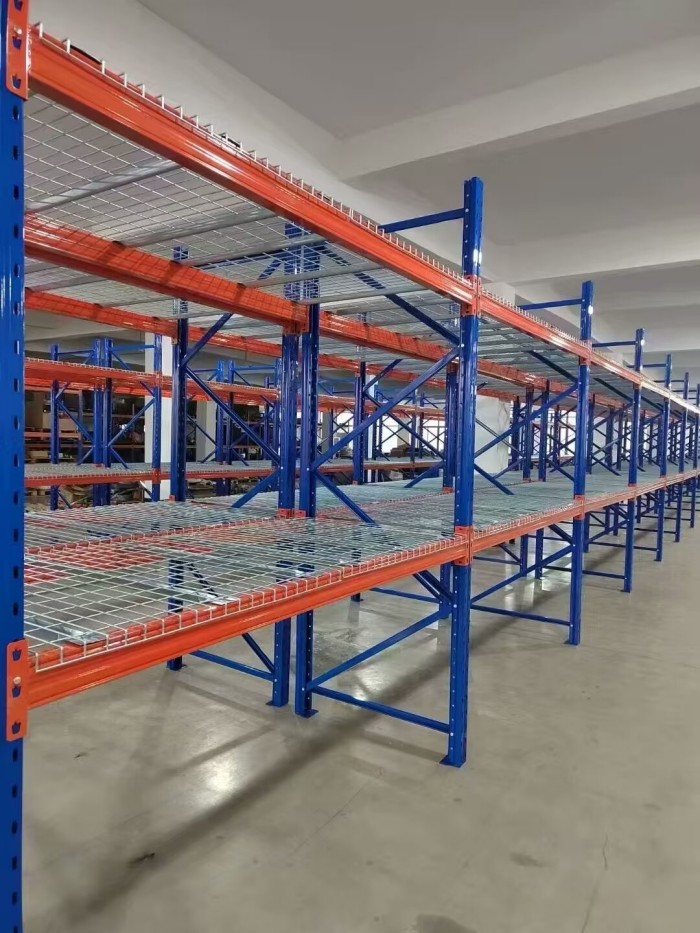
Drywall, also known as plasterboard or gypsum board, has been a staple in the construction industry for decades. It revolutionized the way we build walls, offering a cost-effective and efficient alternative to traditional plaster and lath. However, with advancements in technology and the emergence of alternative materials, one might wonder if drywall is still widely used in modern construction. In this article, we will explore the current status of drywall and its relevance in today's building industry.
- The Rise of Drywall:
Drywall gained popularity in the mid-20th century due to its ease of installation, fire resistance, and affordability. It quickly replaced traditional plaster and lath, reducing construction time and costs significantly. The introduction of drywall revolutionized the construction industry, making it a preferred choice for residential and commercial projects alike. - Advancements in Drywall Technology:
Over the years, drywall manufacturers have continuously improved the product, enhancing its performance and durability. Today, we have specialized drywall types, such as moisture-resistant and soundproof variants, catering to specific construction needs. These advancements have ensured that drywall remains a versatile and adaptable building material. - Sustainability and Environmental Considerations:
In recent years, the construction industry has witnessed a growing emphasis on sustainability and environmental responsibility. Drywall, made primarily from gypsum, a naturally occurring mineral, is considered a relatively eco-friendly option. Additionally, manufacturers have introduced recycled content in drywall production, further reducing its environmental impact. As sustainable construction practices gain traction, drywall continues to be a viable choice for builders. - Competition from Alternative Materials:
While drywall remains a popular choice, it faces competition from alternative building materials. For instance, some builders are exploring the use of advanced prefabricated wall systems, which offer faster installation and improved energy efficiency. However, it is important to note that these alternatives often come at a higher cost, making drywall a more cost-effective option for many projects. - The Future of Drywall:
As the construction industry evolves, so does the role of drywall. With the integration of smart technologies and the demand for energy-efficient buildings, drywall manufacturers are developing innovative solutions. For example, there are now drywall products embedded with sensors for monitoring air quality and detecting moisture levels. These advancements ensure that drywall remains relevant and adaptable to the changing needs of the industry.
Conclusion:
Despite the emergence of alternative materials, drywall continues to be widely used in the construction industry. Its affordability, ease of installation, and continuous technological advancements make it a practical choice for builders. Moreover, its sustainability and adaptability further contribute to its relevance in modern construction practices. As the industry progresses, drywall will continue to evolve, ensuring its place as a fundamental building material for years to come.






